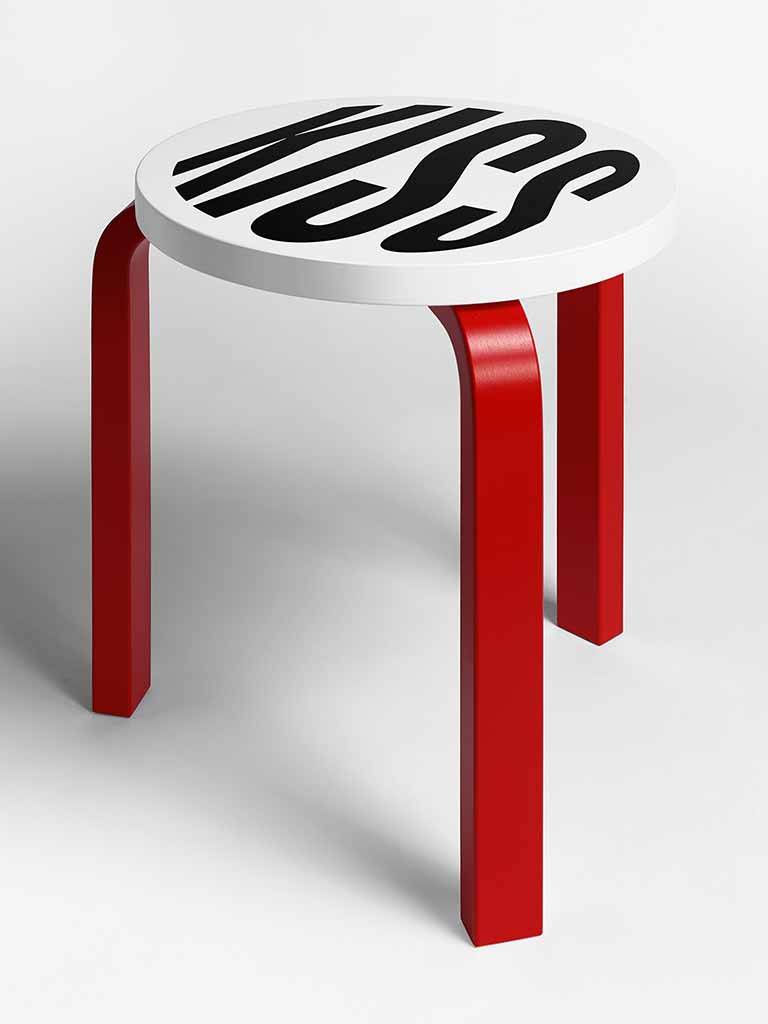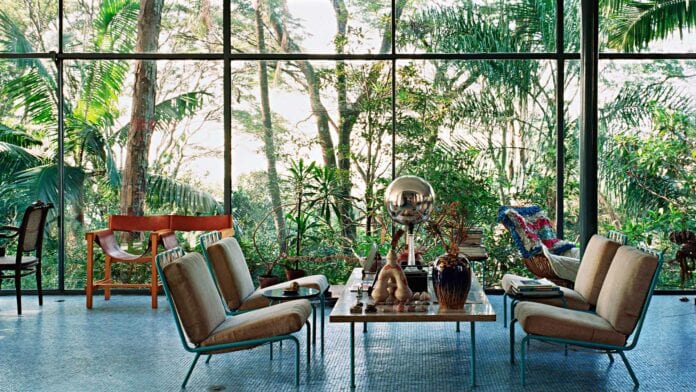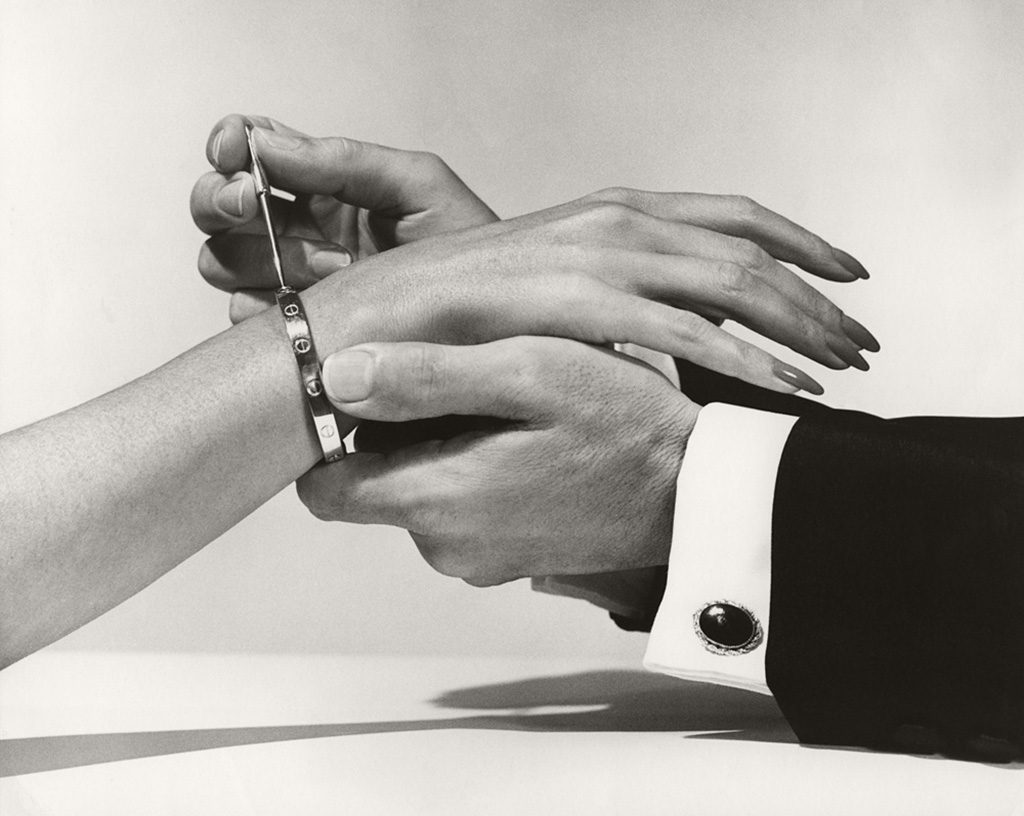It was in 1989 that the Swiss furniture manufacturer Vitra, Rolf Fehlbaum, transformed his company site in Weil am Rhein into an architectural park populated by works by Zaha Hadid, Nicholas Grimshaw, Alvaro Siza, Tadao Ando and Frank Gehry. The latter designed the Vitra Design Museum in 1990. It was the first building to inhabit the area, which is still expanding today. In addition to the museum, Gehry also designed a production hall and a factory gate for his first European project.
Article summary
- Exhibitions at the Vitra Museum Design
- The collection
- Current exhibitions
- Design pieces and projects on display
- Vitra Museum and Bauhaus
- Memphis design: the first Vitra Museum Design exhibition
- Design history on display
- Toy robot by Rolf Fehlbaum
- Gallery
Three years later, in 1993, the expansion began with the opening of the conference pavilion by Tadao Ando and the fire station by Zaha Hadid. The following year the industrial plant designed by Álvaro Siza was inaugurated.
In 2006, Herzog & de Meuron and the Japanese SANAA team of architects were given new commissions for the extension of the campus. The former designed the VitraHaus, which opened in early 2010; an exhibition space dedicated to the Vitra Home Collection. While the SANAA team designed the Vitra Factory, completing the façade in 2012. Frank Gehry was in charge of another project. In 2011, the Vitra Design Museum Gallery was opened, an area for contemporary and experimental exhibitions.
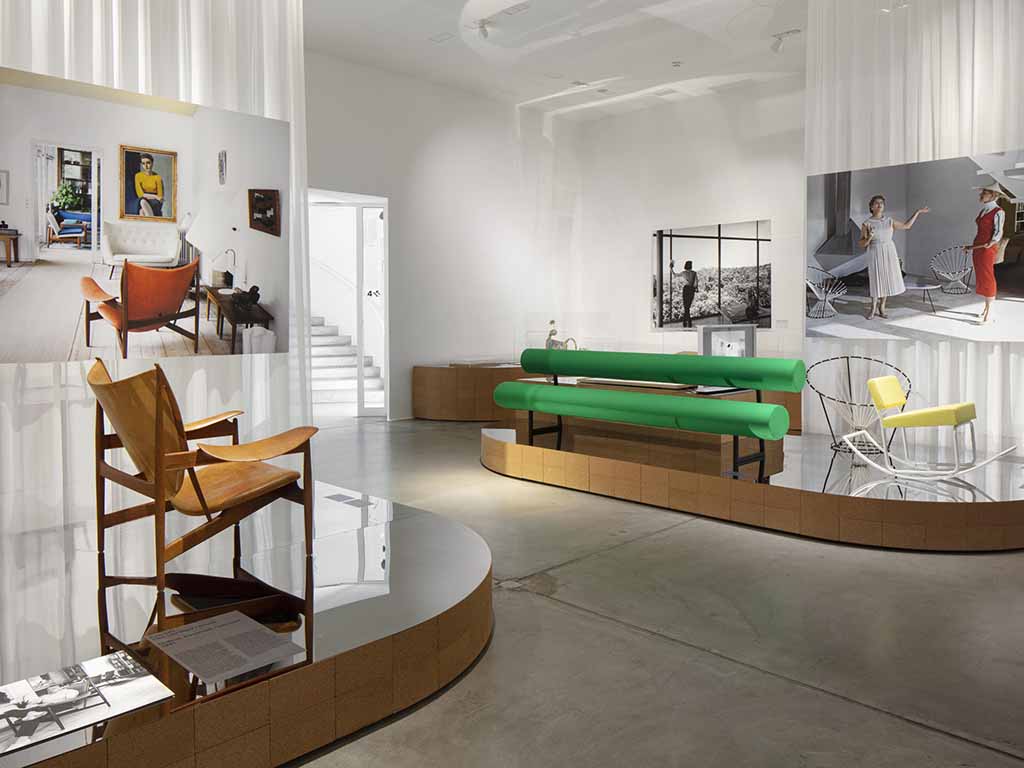
Vitra Museum Design exhibitions
The Vitra Design Museum initially devoted itself to small exhibitions designed to showcase emerging artists such as Erich Dieckmann and Ron Arad. A few years later it concentrated on internationally renowned exhibitions with retrospectives of Charles and Ray Eames, Frank Lloyd Wright and Luis Barragán. In order to finance the programmes of cultural activities, the Vitra Design Museum began to develop its own product lines and to hold touring exhibitions.
The cultural growth of the museum is due to the Director who accompanied it from 1989 to 2010, Alexander von Vegesack. Since 2011, the Vitra Design Museum has been led by Mateo Kries and Marc Zehntner.
The Vitra Schaudepot contains an extensive permanent exhibition dedicated to contemporary furniture. It includes a total of 20,000 objects, with around 7,000 pieces of furniture and more than 1,000 lamps. Although this was the initial purpose of the Vitra Design Museum, today Gehry’s work is used as a space for important temporary exhibitions. The Vitra Schaudepot, on the other hand, is the permanent space for the collection.
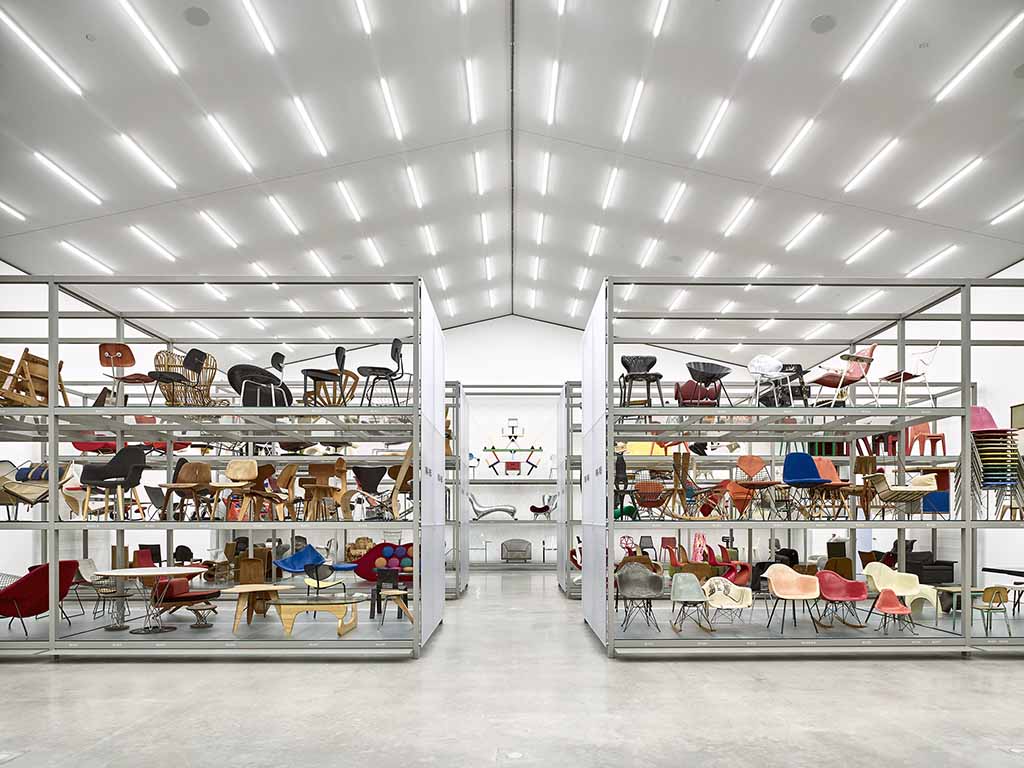
The collection
More than 400 key design pieces from the 1800s to the present day are on display. Starting with the first Bugholz furniture, through modernist pieces by Le Corbusier, Alvar Aalto or Gerrit Rietveld, to recent 3D printed objects and experimental prototypes and models. The essentiality of the objects stored inside is told by the simple and dignified appearance of the exterior façade. A vivid pattern of bricks covers the windowless structure.
Today, the Vitra Design Museum is one of the world’s leading museums dedicated to architecture and design. It hosts temporary exhibitions and internationally renowned events that attract thousands of visitors every year. After months of closure due to the emerging Covid-19 epidemic, the Vitra Design Museum is offering new exhibitions.
Current exhibitions
Homage to the design of Gae Aulenti
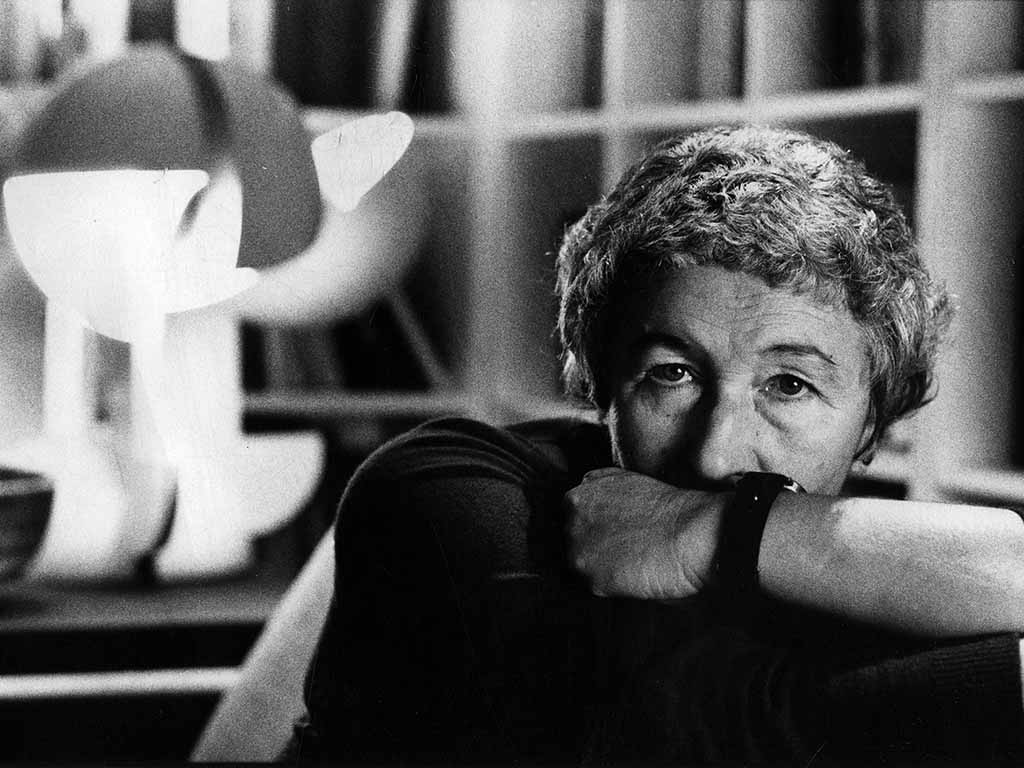
At the Vitra Schaudepot, an exhibition curated by Tanja Cunz recounts the extraordinary creative genius of Gae Aulenti. The exhibition “Gae Aulenti: a creative universe” explores the work of the most influential designer of the post-war period. In addition to her iconic creations such as the “Locus Solus” series (1964), the “Pipistrello” (1965) and “King Sun” (1967) lamps, it also includes architectural and interior designs, stage sets and costumes. Through photographs, sketches and drawings, documentaries and interviews.
The exhibition traces Gae Aulenti’s work from her first furniture project in 1962, “Sgarsul”, which made her famous as a designer. It continues with the folding chair “Aprilina” (1964), extremely light and easy to store, to the enigmatic “Rimorchiatore” (1967). The latter can be a lamp, a vase and an ashtray. An incredible career that led her to collaborate with companies of the calibre of: Poltronova, Zanotta, Knoll and Olivetti.
Design pieces and projects on display
His work as an interior designer was baptised by his work on the Olivetti showrooms in Paris (1966/67) and Buenos Aires (1968). But his most outstanding architectural work is the refurbishment of the Gare d’Orsay railway station in Paris into a museum (1980/86). This was followed by other commissions such as the interiors of the MNAM – Centre Georges Pompidou in Paris (1982/85), the renovation of Palazzo Grassi in Venice (1985/86). And also, to end on a high note, the reconstruction of the Palau Nacional in Montjuïc in Barcelona (1985/92) which became the Museu Nacional d’Art de Catalunya.
But there are also lesser-known works by the designer on display, such as packaging designs for make-up products for the French company Rochas (1978), vases for Venini (1995/2008) and the “Toaster” (1996) and “Blender” (1998) household appliances for Trabo.
The exhibition “Gae Aulenti: a creative universe” recounts the role of a designer who put solving the problems she was given ahead of maintaining a homogeneous style. Years of Gae Aulenti’s work on display until 18 April 2021. A country divided in two, with different visions of design. The Vitra Design Museum presents an exhibition dedicated to the history of German design entitled “German Design from 1949 to 1989: Two Countries, One History”.
Vitra Museum and Bauhaus
German design became famous in the 1920s thanks to the Bauhaus school. Following the division of Germany in 1949, however, two different design currents emerged. In the West, design became the engine of the economic miracle, the “Wirtschaftswunder”; in the East, it was absorbed into the socialist planned economy.
More than thirty years after the fall of the Berlin Wall, the Vitra Design Museum offers a comparison between these “two sides of the same coin”, a review of post-war design in the two Germanies. A parallelism between East and West Germany by exhibiting furniture, lamps, graphic posters, textiles, clothing and personal accessories.
The exhibition illustrates how these two states were inextricably linked through history, culture and design. But also how they sought to distinguish themselves by establishing their own identity: redesigning new coats of arms, currencies, passports and even road signs. The exhibition – curated by Erika Pinner, the Vitra Design Museum, Klára Němečková, Kunstgewerbemuseum, Staatliche Kunstsammlungen Dresden – showcases various objects of different scales. Such as the legendary ‘Trabant’ car (1958), Luigi Colani’s sculptural ‘Poly-COR’ buttonhole chair (1968), the kitchen wall clock designed by Max Bill (1956) and the elegant watering can by Klaus Kunis (1960). But there were also projects on an urban scale, such as the housing programmes carried out by both states to achieve rapid reconstruction and to increase demand for consumer goods, from household appliances to furniture.
The exhibition is the first to address the history of East and West German design as a shared history, wounded by contrasts and clashes, but one that brings sharing and interconnection. The exhibition at the Vitra Design Museum is open from 20 March and will run until 5 September 2021.
Memphis design: the first Vitra Museum Design exhibition
The first exhibition in the Vitra Design Museum
Gallery, in 2011, was dedicated to the Italian designer Ettore Sottsass, with the title “Ettore Sottsass – Enamels”. Ten years later, on the occasion of the fortieth anniversary of the birth of the Memphis collective, founded by Sottsass in 1981, the Vitra Design Museum Gallery is opening its doors to the exhibition “Memphis – 40 years of kitsch and elegance”.
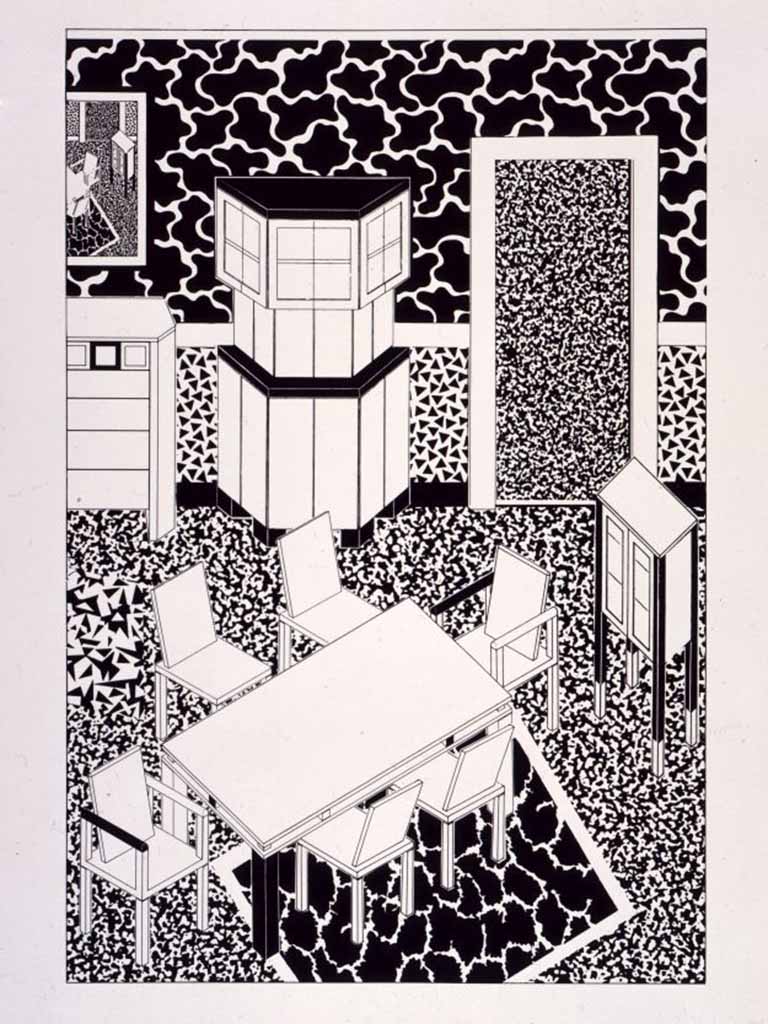
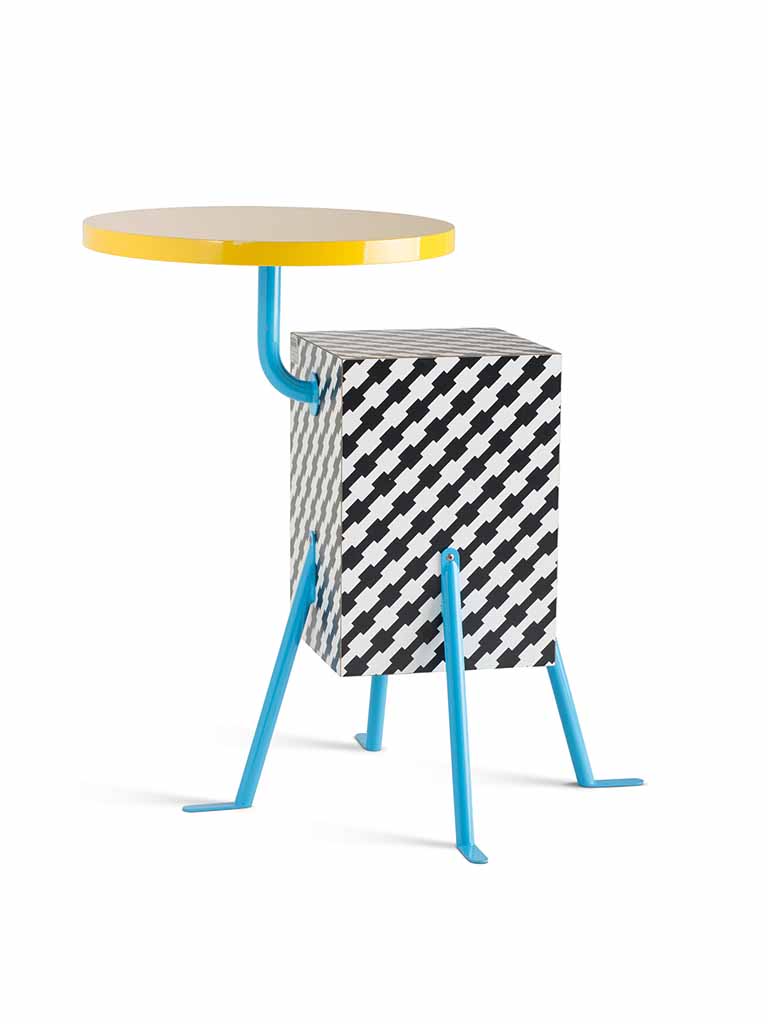
Even today, Memphis is considered one of the most irreverent and unusual phenomena of the 20th century. Born with an exhibition at the Arc ’74 gallery in Milan in September 1981, the collective designed furniture with bright colours and elementary geometric shapes assembled together. As a result is furniture with a bizarre, wild and cartoonish appearance. Real aim was to go beyond the dictates of functionalism, breaking the taboos of good taste. The aim was to create furniture that would steal the show, difficult to place alongside other furniture if not their peers, using bare and inelegant materials such as coloured plastic laminates (made by the Abet company).
Design history on display
The exhibition celebrates forty years since its foundation with original furniture, photos and unpublished sketches. The exhibition includes works by: Ettore Sottsass, Michele De Lucchi, Martine Bedin, Michael Graves, Barbara Radice, Peter Shire, Nathalie Du Pasquier and Shiro Kuramata. A heterogeneous and international group of designers.
The exhibition, curated by Mateo Kries, presents objects that have made history. Such as the “Beverly” sideboard by Ettore Sottsass, characterised by the union of several materials: a piece of bent tubular steel, wood, plastic laminate with a snakeskin finish and a coloured light bulb. De Lucchi’s ‘Riviera’ chair, which was the precursor to the series of pastel-coloured appliances pioneered by the Philips company. Martine Bedin’s ‘Super’ lamp, an arc topped with six light bulbs mounted on wheels, a reference to a children’s game. To all intents and purposes this embodies the meaning of the collective, making playful furniture that pioneered the current of Postmodernism.
The exhibition at the Vitra Design Museum Gallery pays tribute to the short but intense history of Memphis, whose energy and creative force have not lost their appeal over time. The exhibition opened on 6 February 2021 and will remain open until 23 January 2022.
Toy robot by Rolf Fehlbaum
Rolf Fehlbaum’s private collection of toy robots is displayed in a Black Box designed by Dieter Thiel. The Vitra Campus thus boasts a new exhibition space. Like a vintage toy shop, robots and astronaut figures from 1937 to 1968 are on display, some of them still in their original, stunning packaging. Interactive screens show some of the robots in motion, testifying to the technological optimism of an era that saw man landing on the Moon. The exhibition, curated by French designer Ronan Bouroullec, was conceived in collaboration with Fifo Stricker, Rolf Fehlbaum’s friend and fellow collector.
Gallery
The Bigger Picture Kruger
